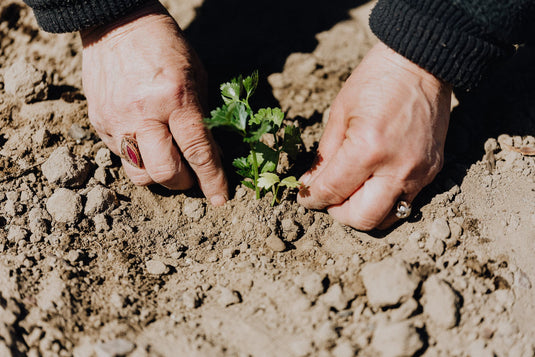In a world increasingly concerned with sustainability and the environmental impact of our actions, organic farming has emerged as a beacon of hope. Not only does it promote healthier ecosystems, but it also yields produce free from harmful chemicals, nourishing both our bodies and the earth. If you've ever felt the pull towards cultivating your own patch of green paradise, diving into organic farming might be the perfect journey for you. Here's a comprehensive guide on how to get started:
Understanding Organic Farming
Organic farming goes beyond just avoiding synthetic pesticides and fertilizers. It's a holistic approach that emphasizes soil health, biodiversity, and ecological balance. Before you begin, take the time to understand the principles of organic farming:
1. Soil Health: The foundation of organic farming lies in nurturing healthy soil teeming with life. Opt for practices such as composting, crop rotation, and minimal tillage to enhance soil fertility and structure.
2. Biodiversity: Encourage diversity on your farm by planting a variety of crops and incorporating beneficial plants to attract pollinators and natural predators.
3. Chemical-Free: Say no to synthetic chemicals and embrace natural alternatives like organic pesticides and fertilizers, cover crops, and companion planting.
Planning Your Organic Farm
Starting an organic farm requires careful planning to ensure its success. Here are the essential steps to consider:
1. Site Selection: Choose a location with ample sunlight, good drainage, and access to water. Consider the local climate, soil type, and topography when selecting your site.
2. Crop Selection: Research crops that thrive in your region and align with your goals. Start with a few varieties to manage your workload effectively.
3. Infrastructure: Determine the infrastructure you'll need, such as irrigation systems, fencing, and storage facilities. Start small and expand as your farm grows.
4. Budgeting: Create a budget for startup costs, including seeds, tools, equipment, and any infrastructure expenses. Factor in ongoing expenses like labor and maintenance.
Getting Your Hands Dirty
With your plans in place, it's time to roll up your sleeves and get to work:
1. Prepare the Soil: Begin by preparing your soil through techniques like tilling, adding compost, and testing its pH levels. Healthy soil is the key to a thriving organic farm.
2. Planting: Follow planting schedules suitable for your region and crops. Consider intercropping and companion planting to maximize space and enhance biodiversity.
3. Maintenance: Stay on top of weed, pest, and disease management using organic methods. Regularly monitor your crops and make adjustments as needed.
4. Harvesting: Harvest your crops at their peak ripeness for the best flavor and nutritional content. Handle them with care to maintain their freshness and quality.
Embracing Continuous Learning
Organic farming is a journey of constant learning and adaptation. Stay connected with fellow farmers, attend workshops and seminars, and keep abreast of the latest research and best practices. Be open to experimentation and don't be afraid to learn from your mistakes.
Conclusion
Embarking on the path of organic farming is both rewarding and fulfilling. Not only are you contributing to a healthier planet, but you're also nourishing yourself and your community with wholesome, sustainably grown produce. Remember, every seed planted and every harvest reaped is a step towards a greener, more sustainable future. So, roll up your sleeves, dig in, and let the journey begin!




